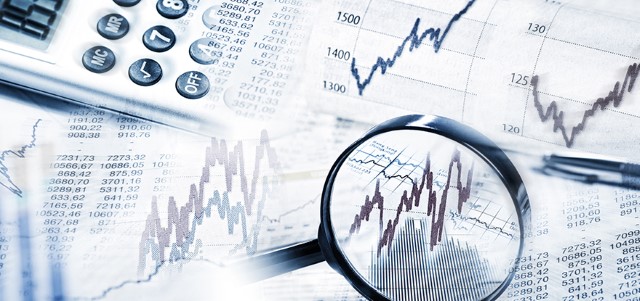Working on the Front Lines of Investor Protection – Red Flags to Detect Excessive Trading

Laura is a single mother who earns less than $40,000 per year. In 2016, Laura, who had little investing experience, decided to invest in the stock market. She met with a broker and, at his suggestion, opened a brokerage account and deposited approximately $13,500—which constituted almost all of her savings. Less than a year later, Laura’s account had lost more than $9,000. Yet, Laura’s broker had made more than $11,000 in commissions. How did this happen? Laura was a victim of excessive trading by her broker.
Unfortunately, Laura’s experience is not unique. Every year, FINRA Enforcement files disciplinary actions against brokers who excessively traded their customers’ accounts. What is excessive trading? Simply put, excessive trading occurs when a broker makes a large number of trades in a customer’s account not to benefit the customer, but instead to generate commissions for the broker. One of the key indicators that an account is being excessively traded is the account’s cost-to-equity ratio, which represents the return on the customer’s investments that would be needed just to pay commissions and expenses. In Laura’s case, the cost-to-equity ratio in her account was over 150 %, meaning that her account would have to generate returns of 150 % just to break even—a nearly impossible task1.
Recently, FINRA issued an Investor article on excessive trading to provide investors with valuable tips for identifying “red flags” that their brokers might be excessively trading their accounts. These red flags include when a broker repeatedly sells a customer’s securities and then uses the proceeds to purchase other securities, only to sell the newly acquired securities a short-time later—a practice known as “in-and-out” trading. While it is important that investors be on the lookout for red flags of excessive trading, it is equally important that broker-dealers have mechanisms in place to detect these red flags.
Whenever FINRA discovers that a broker has excessively traded a customer’s account, we will look to see what the broker’s firm did to detect and prevent such excessive trading. Among other questions, we will ask:
- Do the firm’s procedures provide guidance to supervisors on how to detect excessive trading?
- Does the firm provide supervisors with tools to help them detect excessive trading, such as tools to identify accounts with high cost-to-equity ratios or turnover rates?
- Does the firm provide training or other guidance to supervisors on what steps they should take when they do identify potential excessive trading?
Firms that can answer yes to these questions may detect excessive trading at an early stage and prevent customer losses before they occur. Firms that cannot answer yes to these questions should consider reviewing their supervisory systems and procedures with respect to excessive trading now, before they receive a customer complaint or a call from a FINRA examiner.
One final note: Consistent with our mission of investor protection, whenever FINRA Enforcement finds that a broker excessively traded a customer’s account in violation of FINRA or SEC rules, we will seek to make the customer whole by ordering the broker or firm to pay full restitution. In Laura’s case, the broker-dealer reimbursed her losses as part of a settlement with FINRA Enforcement.
1. The average return of the S&P over the last 50 years was 8%.

Chris Kelly
Senior Vice President
Deputy Head of FINRA Enforcement
